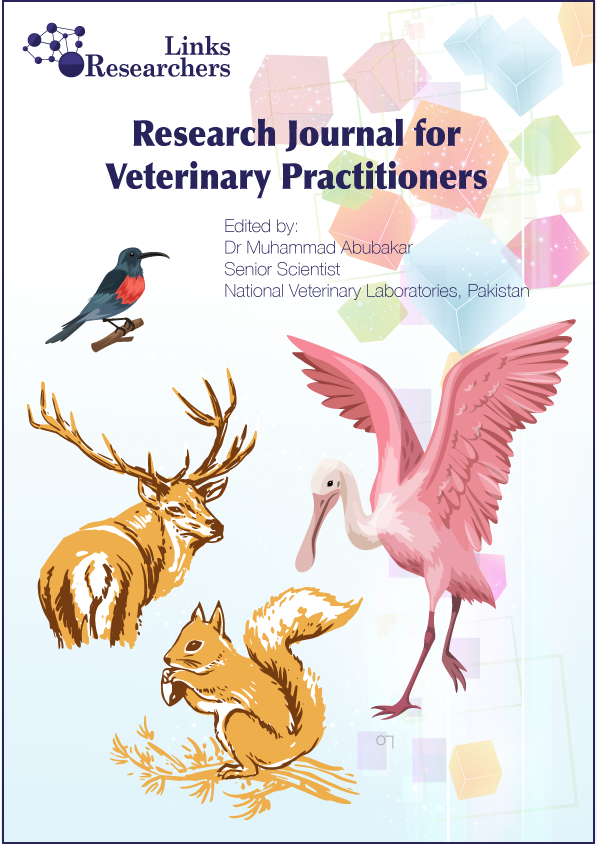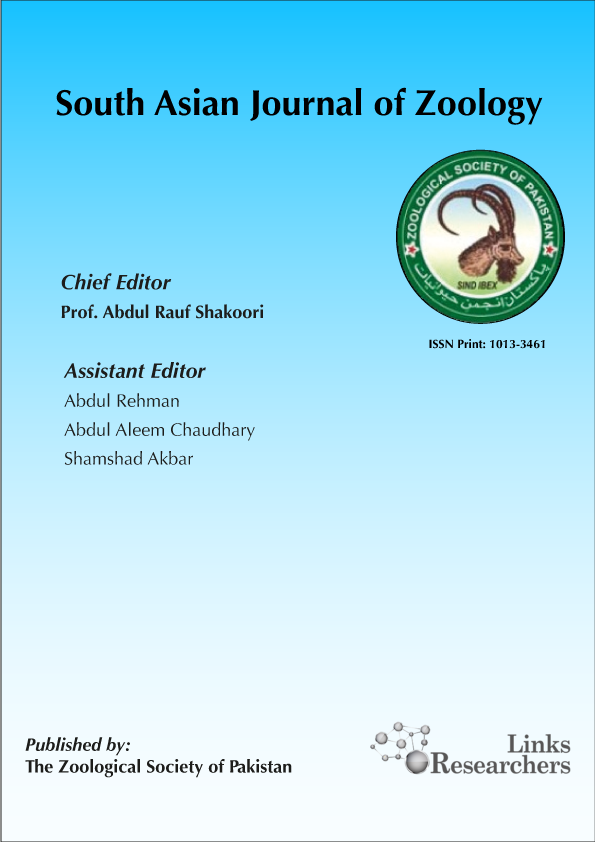Muhammad Ashraf Khan1, Hizbullah Khan1, Abid Farid2
Frank Griffel
Yashab Tur
Nayle Maria Oliveira da Silva1*, Ricardo do Carmo Zanella2
...
Chun-Yi Lin1, Meng-Ling Wu2, Tang-Long Shen1, Hsin-Hung Yeh3, Ting-Hsuan Hung1*
...
Hu Zenglei1 and Xiufan Liu1, 2*
Shen Yang1, Guang-Zhi Tong1, 2*
Hayat Badshah1*, Farman Ullah1, Abid Farid2, Ahmad-U-Rahman Saljoqi1, Sajjad Ahmad3
Brittany D. Rife 1,2, Marco Salemi 1,2*
E-mail | salemi@pathology.ufl.edu
spatial, temporal...
Claudia Kohl*, Andreas Nitsche, Andreas Kurth
Email: kohlc@rki.de
Jonas Johansson Wensman1*a, Karl-Johan Leuchowius2,3 a, Jiting Yan1, Anna-Lena Berg4, Liv Bode5, Hanns Ludwig5, Sandor Belak6, Ulf Landegren2, Ola Soderberg2, Mikael Berg6
John G. Bruno1*, Chien-Chung Chao2,3, Zhiwen Zhang3, Wei-Mei Ching2,3, Taylor Phillips1, Allison Edge1, Jeffery C. Sivils1
Mohammed M. Islam1, 3 *, Damian F. J. Purcell2 and George Kannourakis1,3
Ashley C. Banyard1* and Satya Parida2
Muhammad Abubakar1*, Shumaila Manzoor2, Jonas Johansson Wensman3, Emeli Torsson3, Qurban Ali1 and Muhammad Munir4
Iqra Mahmood1, Asif Nadeem1*, Masroor Ellahi Babar2, Muhammad Muddassir Ali1, Maryam Javed1, Aisha Siddiqa1, Tanveer Hussain2 and Muhammad Tariq Pervez2
Ai Ming Zhou1,2, Guang Wen Liang2, Ling Zeng2, Yong Yue Lu2 and Yi Juan Xu2*
Ali Murad Rahoo1,2, Tariq Mukhtar3,*, Simon R. Gowen1, Rehana Kanwal Rahoo4 and Shaukat Ibrahim Abro5
John Gachohi, Simon Karanja, Salome Wanyoike, Nduhiu Gitahi, Salome Bukachi, Kenneth Ngure
Jose M. Rojas, Noemi Sevilla and Veronica Martin
Muhammad Raheel1,*, Nazir Javed2, Sajid Aleem Khan2, Hafiz Muhammad Aatif3 and Sohail Ahmed4
Aiza Tahir, Muhammad Asif, Zaigham Abbas and Shafiq ur Rehman*
Gabriela Mansano do Nascimento, Helena Lage Ferreira and Clarice Weis Arns
Pam D Luka, Frank N Mwiine, Bitrus Yakubu, Joseph Erume, Ricardo Pérez-Sánchez, Hermann Unger and David Shamaki
Saqib Ali1, Suliman Ali1, Lina1, Wen Zhou1, Muhammad Irfan Waris1, Ashfaq Ali2 and Man Qun Wang1,*
Nirbhay Kushwaha, Achuit K Singh, Brotati Chattopadhyay and Supriya Chakraborty
K.N. Ahmed and M.R. Hasan
Bijan Kumar Das
S. Subharani, S. S. Thorat, N. Abem, L. Amit Kumar and T. K. Singh
...
K.N. Ahmed , M.A. Al-Helal, N-E-P. Khanom, S. Bulbul
M. S. A. Mamun and M. Ahmed
Shams Ur Rehman, Muhammad Arif and Abdul Mateen
Gadeeyya G and Ratna Kumar P.K.
Muhammad Amin1*, Khalid Mahmood2, Imran Bodlah3, Muhammad Rahim Khan2
Mohsan Ullah Goraya1,2, Liaqat Ali1,2 and Iqra Younis3
Attaullah Ansari* and Nasreen Memon
Naheed Akhtar, Muhammad Ashfaque, Waseem Ahmad Gillani*, Ata-ul-Mohsin**, Afzala Tashfeen and Irshad Begum*
Naheed Akhtar, Yasmin Ahmad, Muhammad Shakeel, Waseem Ahmad Gillani, Javed Khan, Tahira Yasmin and Irshad Begum*
Asrar Ali*, Ehsan-ul-Haq**, Abdul Rehman***, Javed Khan, Waseem Ahmad Gillani** and Maria Rauf*
Rizwana Sultan*, Javed Khan, Ehsan ul Haq, Tariq Mehmood**, Roshan Zada Khattak***, and Naheed Akhtar**
Aniqa Iram*, Javed Khan**, Nadeem Aslam**, Ehsan-ul-Haq**, Habib Iqbal Javed**, Muhammad Irfan*, Awais Rasool*, Muhammad Ishaque Mastoi** and Sumera Aslam*
Muhammad Mohsin Raza*, Muhammad Aslam Khan*, Irfan Ahmad**, Ali Ahsan Bajwa***, Hafiz Muhammad Usman Aslam*, Badar Ahsan Ullah****, and Kashif Riaz*
Muhammad Nisar Khan*, Hassnain Shah*, Saqib Shakeel Abbasi and Abid Hussain*
Syed Waqar Shah* and Muhammad Ather Rafi*
Osama Elshazly1, AbdelSatar Arafa1, Mohammed A. Rohaim2, Ismaeil M. Reda2 and Hussein A. Hussein2*
G. Venkatesan* and Amit Kumar
























